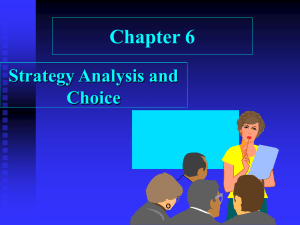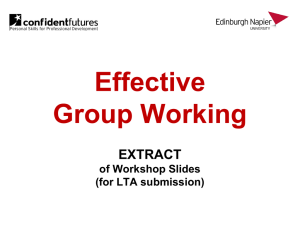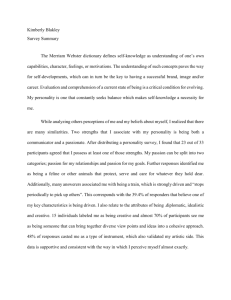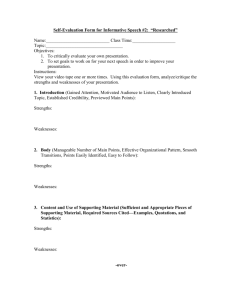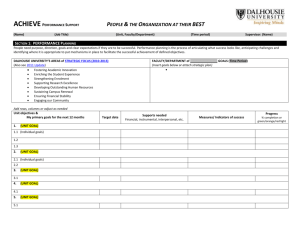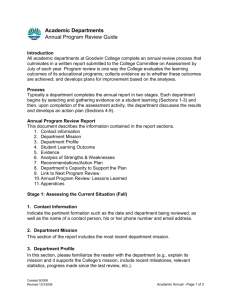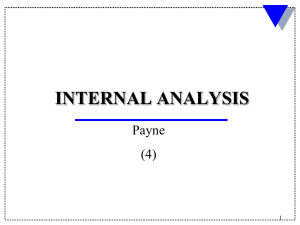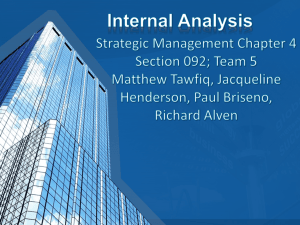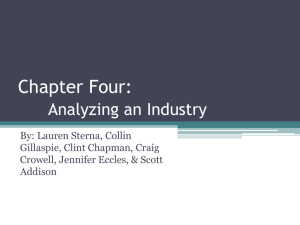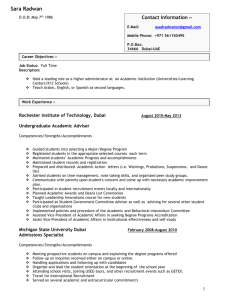Use the Career Direction Framework
advertisement
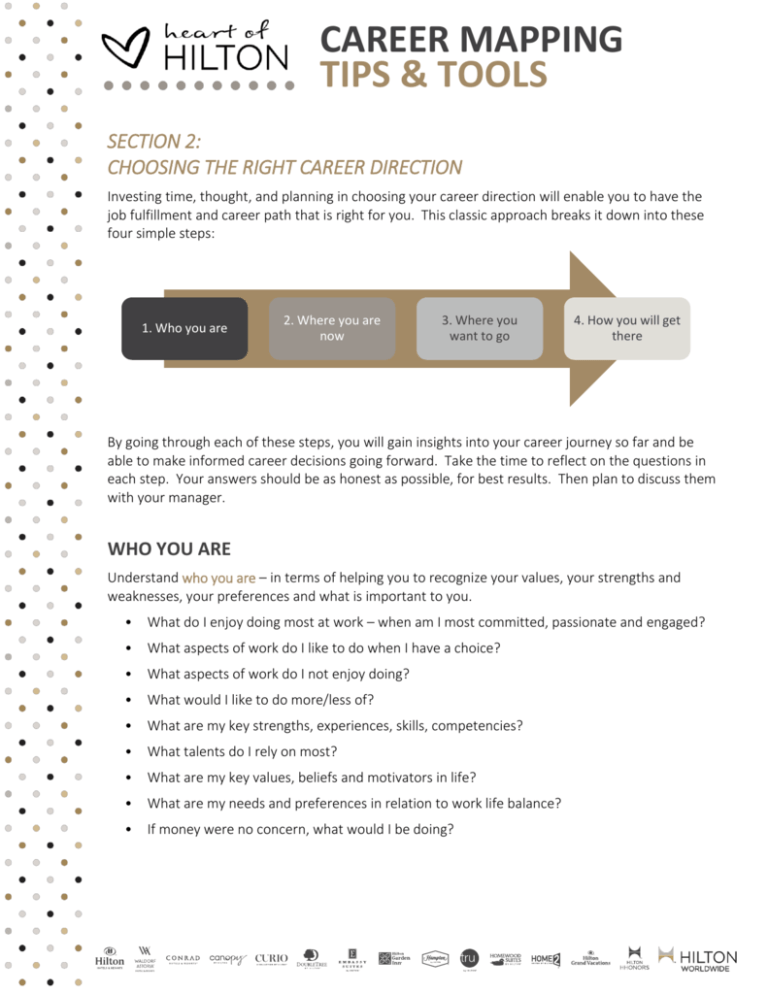
CAREER MAPPING TIPS & TOOLS SECTION 2: CHOOSING THE RIGHT CAREER DIRECTION Investing time, thought, and planning in choosing your career direction will enable you to have the job fulfillment and career path that is right for you. This classic approach breaks it down into these four simple steps: 1. Who you are 2. Where you are now 3. Where you want to go 4. How you will get there By going through each of these steps, you will gain insights into your career journey so far and be able to make informed career decisions going forward. Take the time to reflect on the questions in each step. Your answers should be as honest as possible, for best results. Then plan to discuss them with your manager. WHO YOU ARE Understand who you are – in terms of helping you to recognize your values, your strengths and weaknesses, your preferences and what is important to you. • What do I enjoy doing most at work – when am I most committed, passionate and engaged? • What aspects of work do I like to do when I have a choice? • What aspects of work do I not enjoy doing? • What would I like to do more/less of? • What are my key strengths, experiences, skills, competencies? • What talents do I rely on most? • What are my key values, beliefs and motivators in life? • What are my needs and preferences in relation to work life balance? • If money were no concern, what would I be doing? WHERE YOU ARE NOW Look at where you are now – your career to date, your achievements, your highs and lows, your levels of satisfaction. Your career journey so far can greatly inform your future career choices. • What is most satisfying to me in my current job? • What has been most satisfying to me in my previous jobs? • Which skills do I want to use in the future? • When have I been most sure of myself and my decisions? • What are my biggest work accomplishments? • What are my weaknesses? Are they important to my next role? • If there is one thing in my current job that I could change, what would it be? • Am I happy with my career choices and progress to date? Why/why not? • How much of this do I attribute to myself and how much to other factors? • If I could go back 5 to 7 years, is there anything I would do differently? • What have been my biggest learnings in my career so far? • What more can I achieve, contribute and learn in my current role? • What am I known for? WHERE YOU WANT TO GO Look forward to the future – what you want in terms of job content, job satisfaction, personal development and work environment. • What are my short term aspirations, next 1-3 years? • What are my longer term aspirations, 3-5 years? • What will “success” look like for me – how will I define it? • Which jobs/Functions/locations am I interested in? • Which jobs/Functions do I not want to do? • Do I have any constraints e.g. location, mobility, personal circumstances, other factors? • How important is it that my next role is a promotion – and what’s my personal timeframe? • What is changing in the company and the industry that may impact my career choices? • Do I want to plan for “what, when and how”, or am I happy to just see what comes along? HOW YOU WILL GET THERE This final step is all about how you will get there – What development do you need? How can you make your career plans known? Who can support you? • How ready am I for my next job move? • List any skills, knowledge, experience and competencies that you currently have that you feel will help you get there. • What additional skills and knowledge do I need to work on? • What is my plan to develop the right skills and experience? • List any specific training, development, projects, or other resources which you feel will help you to develop your Career Development Plan (in section 6). • What resources are available to me? • Who can assist you with your development and provide advice? Note: Now move on to Section 3: Building Your Personal Brand. This is a tool to help you determine how others see you in the work environment and give you the power to make the necessary adjustments so that others’ perceptions match how you’d like to be seen.

